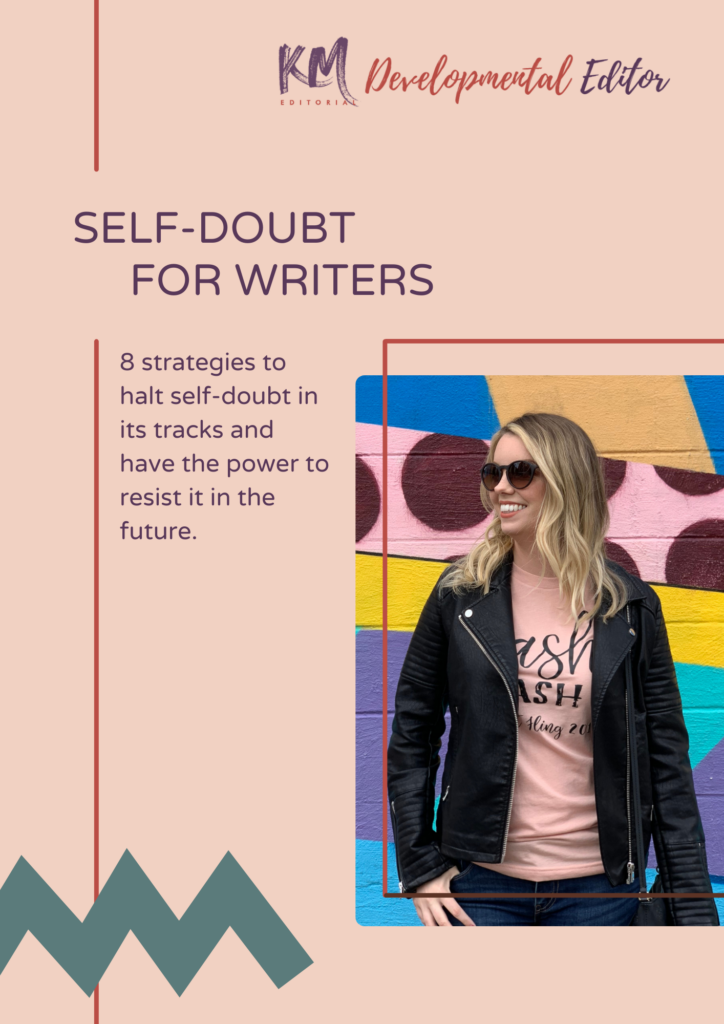
Previously, we talked about Filter Words; what they are and why we want to eliminate them from your WIP.
As I mentioned previously, one of the benefits of eliminating filter words is that it allows the reader to get even closer to the point of view character, to the point where they can disappear into the story and become the character(s).
Another way we can do this?
Deep Point of View (POV).
Is this a new phrase to you? What’s the difference between this and third or first person POV?
The answer: deep POV is a technique that enhances third and first person POV.
To be completely candid, I don’t see the point of writing without deep POV. Some may argue with me on this, and that’s totally fine! I know there are valid reasons for different types of POV at times, I just don’t think point of views without going deep is as compelling. When I read a book for pleasure, I read to be swept away. I read to become those characters. To enter their world.
(Don’t worry, I don’t force ALL my clients to use deep pov. ☺ I only make this recommendation when it’s ideal for their story, genre, audience, and vision).
So what really is deep pov? And how can you tell when you are doing it?
Deep POV means that we are deep inside the head of the main character. This type of storytelling is a wonderful way to develop characters, show their “voice”, and connect your readers to them. Deep POV is basically as close as first person POV, but the pronouns are “he, she” and not “I, me.” It helps us with the questions such as, what’s the character’s attitude, how do they perceive the world, what are the sensations they have right now, what are they thinking? It’s a way to see the story without a filter—all of their immediate thoughts and emotions and who they are deep down is right out in the open. How character A would view/describe something is very different than how character B, or anyone else, would. Overall, the deeper we can get, the more we invite readers to “be” the character of the story.
Deep POV is most common in books that are character-driven instead of plot-driven. These include, but are not limited to (and yes there are outliers):
Contemporary, literary, romance, thriller, suspense, memoir, and YA/NA (all genres). Many sci-fi, fantasy, paranormal, and dystopian books also use Deep POV, although not all.
Blanket statement alert: If your book is in first person pov, then it needs to be deep pov as well.
If your book is in limited third person pov, I still recommend tightening this up to deep pov. Because limited third already means you are focusing on one point of view at a time, seeing the scene through one character’s eyes, so get deeper—allow us to get to know that character on a more intimate level. To understand them, their goals, their struggles, and their journey.
You know what else deep POV does?
It gives that character a fully developed arc. Do you find yourself writing scenes from several characters at once, or switching between a lot of extra characters beyond your main character?
Then ask yourself this: can that scene be told through my main character’s POV instead? If so, do it. If not, will it be stronger if that scene is included, or can we relay that information in another way—a way that makes the main character’s arc stronger?
Connect with me on:
Join the FREE Writing with Coach McCoach writing support community HERE.


 Download your free copy of these 8 tried-and-true strategies to stop self-doubt and imposter syndrome as a writer. And, build the power to resist it in the future.
Download your free copy of these 8 tried-and-true strategies to stop self-doubt and imposter syndrome as a writer. And, build the power to resist it in the future.
Great post, Katie. I think you know an author nailed the deep POV when later on, after having read the book, you can’t remember whether it was in first or third person.
I completely agree!!